On April 24, 1990, the space shuttle Discovery was launched from the Cape Canaveral launch site. In its cargo hold was one of the most important instruments in the history of astronomy, which made it possible to bring about a real scientific revolution. We are talking about the Hubble telescope. In honor of the legendary space observatory’s next birthday, we would like to share seven interesting facts about it.
Development of Hubble began in the late 1960s
The history of Hubble dates back to the late 1960s, when NASA began developing a project for a large space telescope. Even then, it was assumed that reusable spacecraft would be used to launch and maintain it.
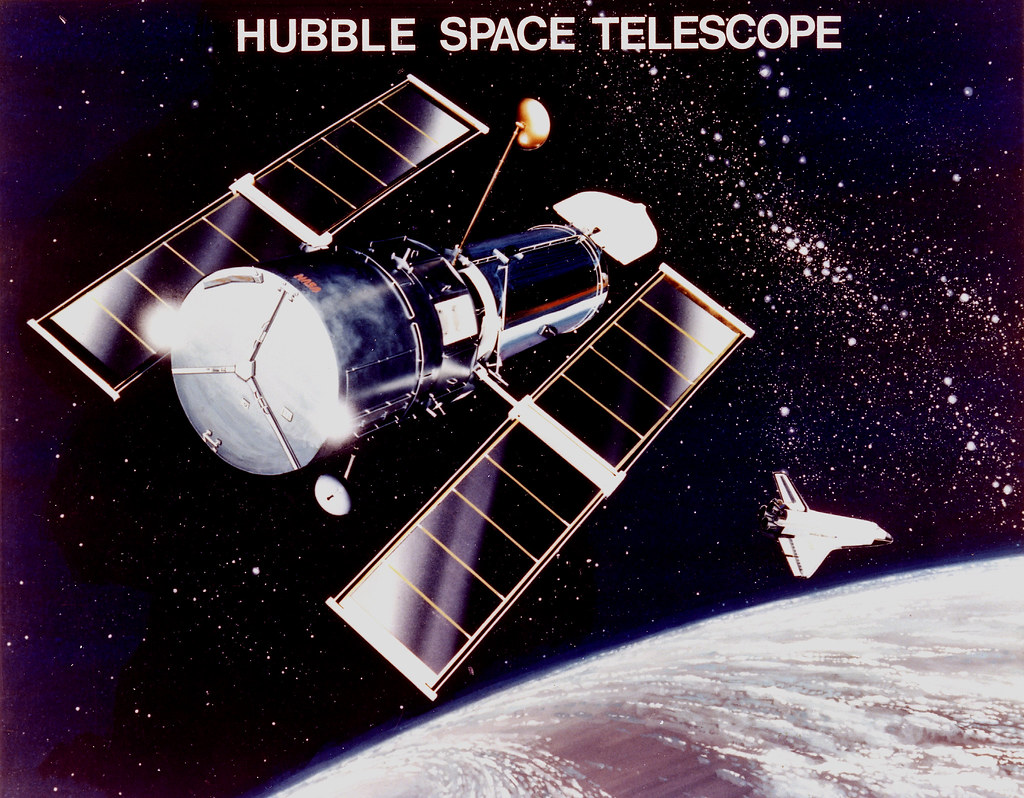
However, due to budget cuts at NASA, the project of a large space telescope was threatened. After that, astronomers intervened and started a fairly active campaign in the press. Their efforts led to the fact that the project was not closed and received the money necessary for its implementation.
Hubble is named after the astronomer who changed our understanding of the Universe
Hubble is named after the American astronomer Edwin Hubble. He went down in history as a man who literally expanded the boundaries of the universe. The fact is that in the 1920s, Hubble proved that the universe extends far beyond the Milky Way, and the so-called spiral nebulae are actually other galaxies. He also derived a cosmological law describing the expansion of the Universe.
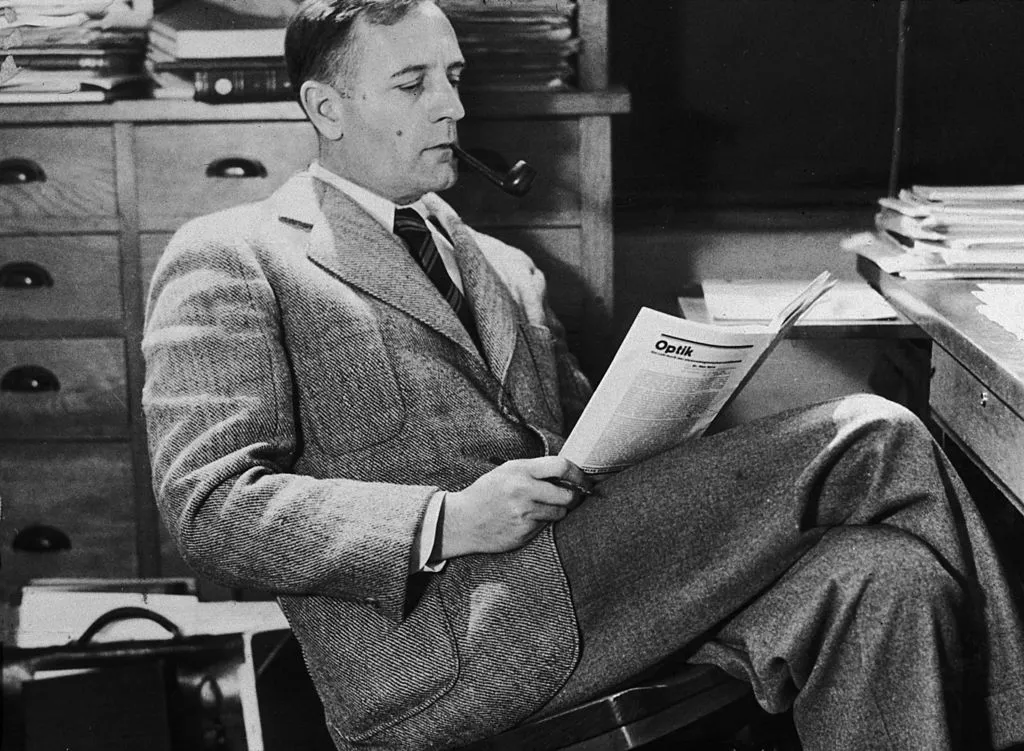
The choice of the name for the space telescope turned out to be extremely successful. Just like its famous namesake, Hubble has enabled astronomers to make a number of important discoveries that have significantly changed the way we understand the structure of the Universe.
Hubble is of a family of spy satellites
Hubble’s main mirror is 2.4 meters in diameter. The telescope itself measures 13.2 m × 4.2 m and weighs 11,110 kg. The choice of these dimensions is not accidental. The fact is that Hubble was based on the design of the KH-11 reconnaissance satellites. They have similar dimensions and are equipped with similar mirrors. Thus, they can be called distant relatives.
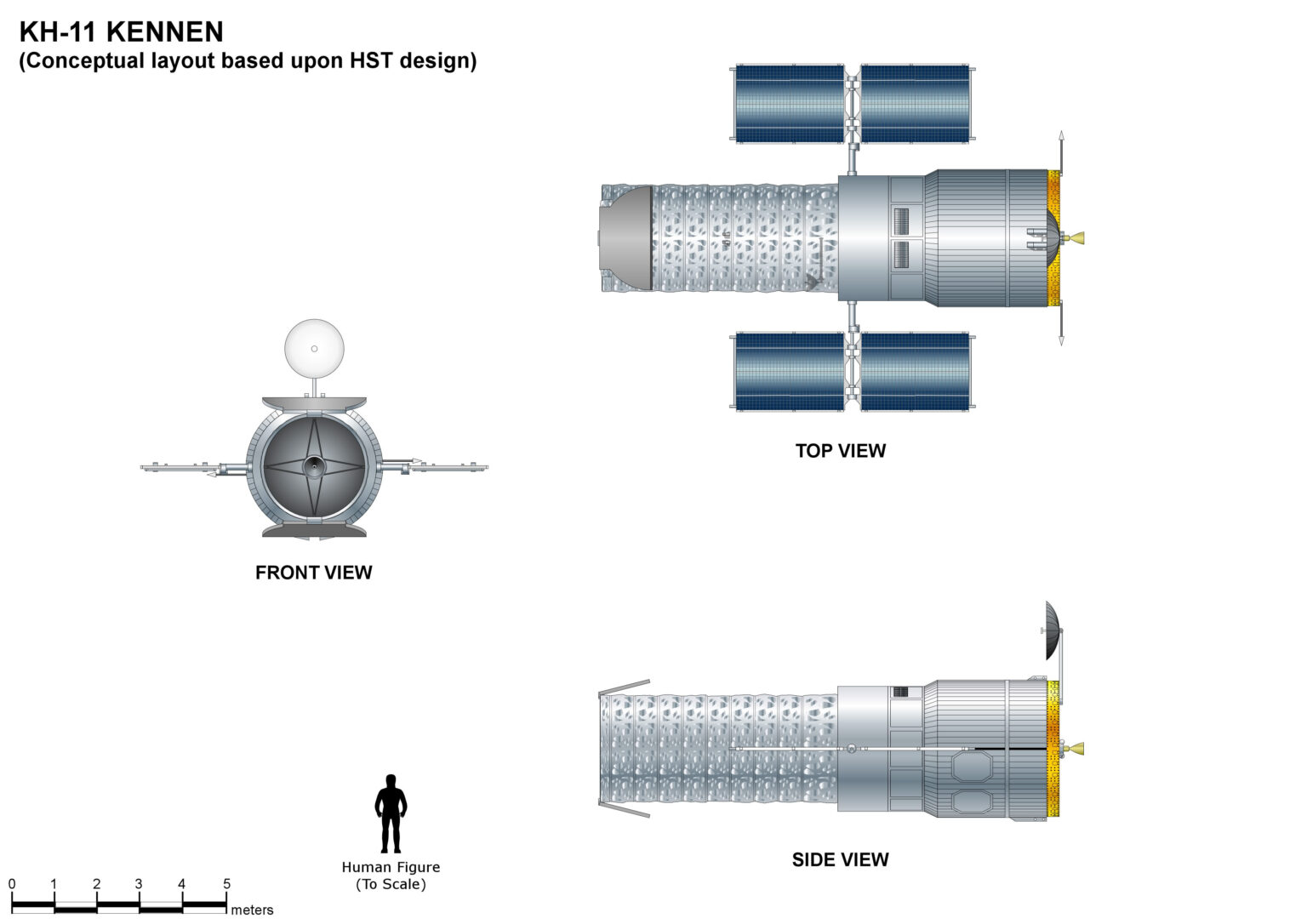
Hubble stood in the hangar for three years
Initially, Hubble was supposed to be launched in 1983. But due to various technical difficulties, this date was repeatedly postponed. As a result, the Hubble launch was scheduled for September 1986. However, due to the Challenger disaster, the Space Shuttle stopped flying for several years. As a result, Hubble stood in a hangar for three more years, waiting for the Shuttle flights to resume. Eventually, it was launched into space in April 1990.
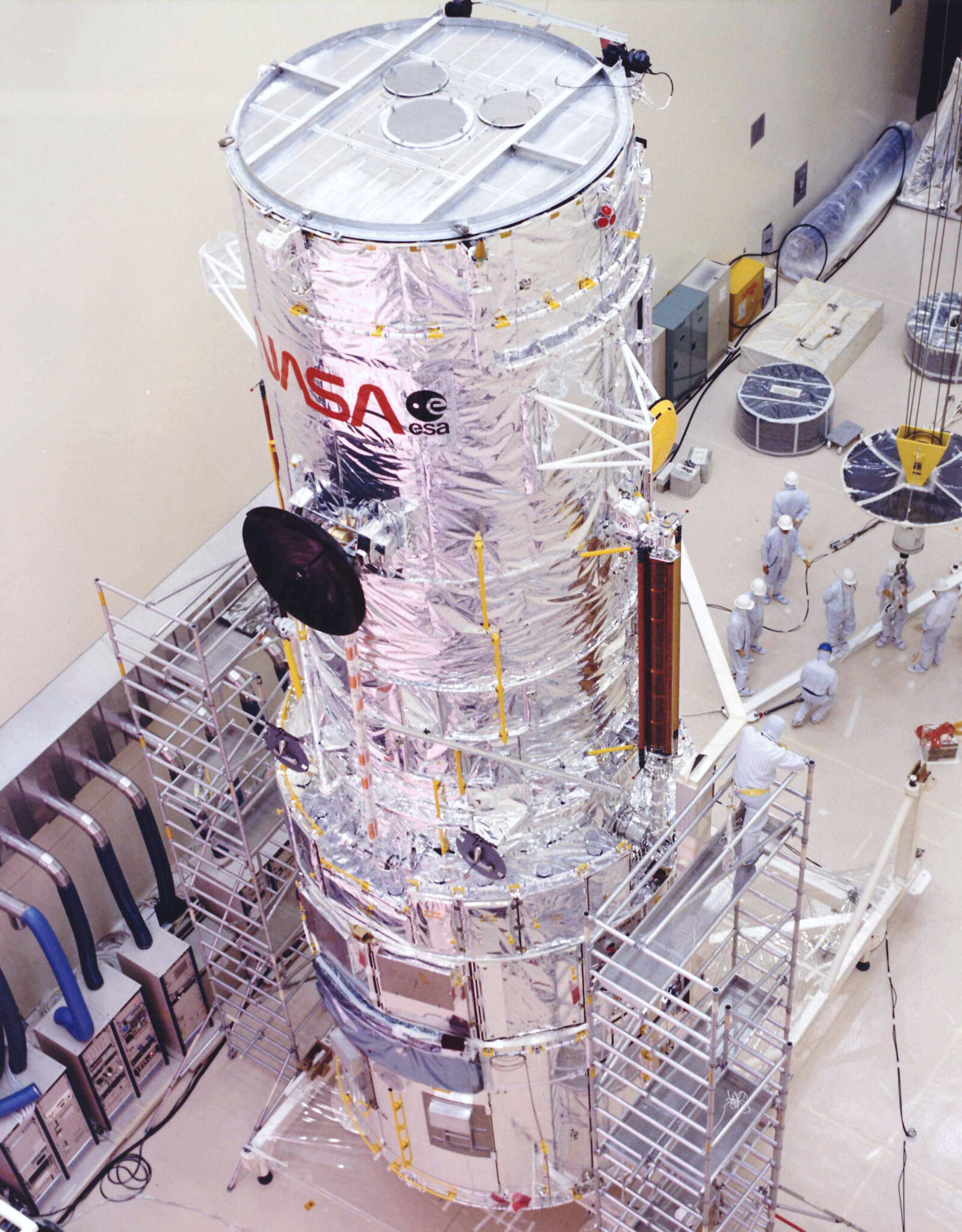
Hubble‘s defective mirror
After the first Hubble images were transmitted to Earth, NASA employees were horrified to realize that the telescope’s mirror had a defect. Because of this, its resolution was much worse than expected. A large part of the planned research program was in jeopardy – not to mention the huge damage to NASA’s reputation.
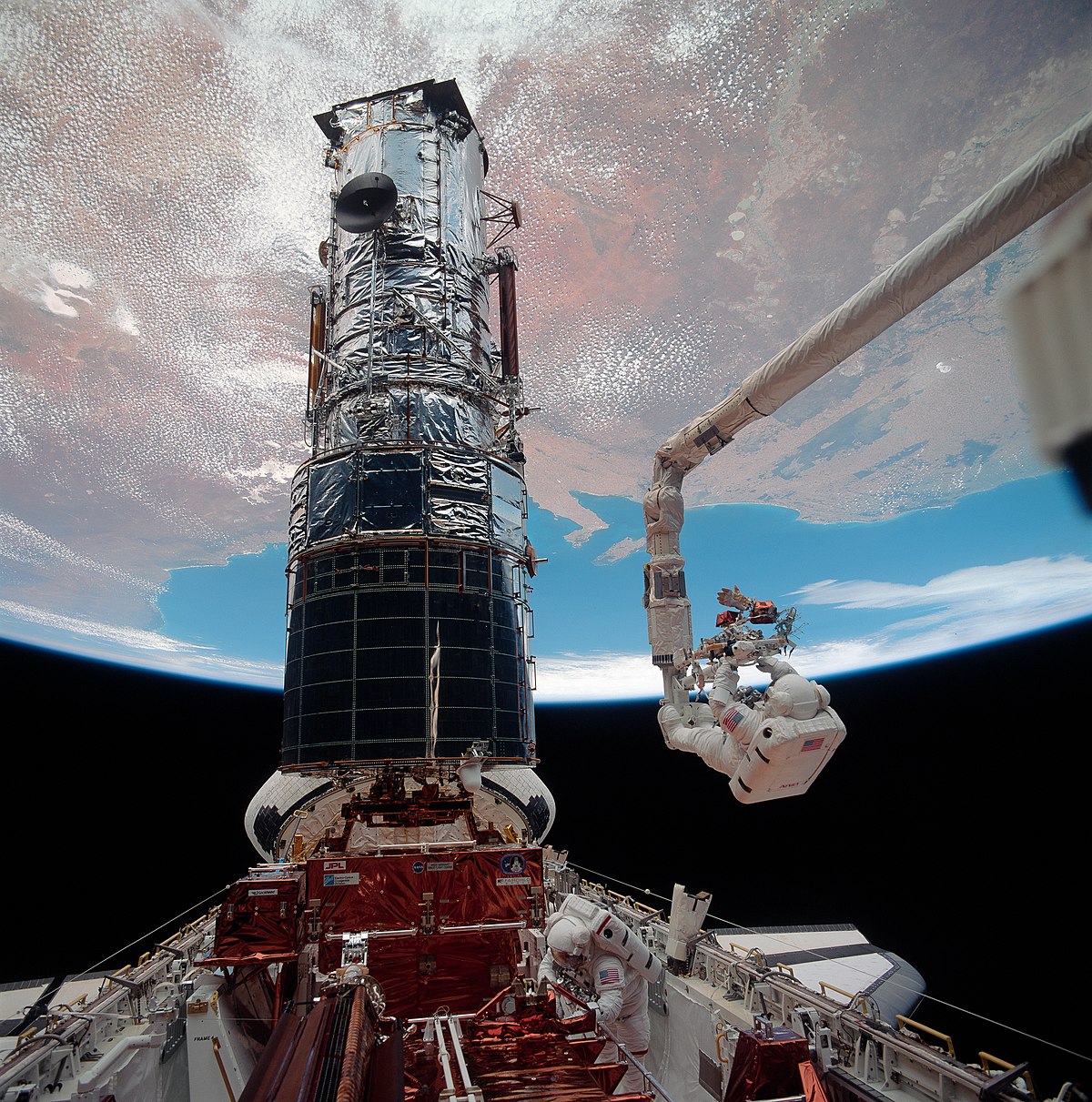
Since Hubble was designed to be serviced in space, NASA began looking for options to save the telescope. Replacing the main mirror in orbit was not possible, and returning the telescope to Earth for repairs was considered too expensive. Therefore, it was decided to install a block of corrective equipment (a kind of “glasses”) on it, which would compensate for the mirror defect.
In December 1993, a repair expedition went to Hubble. During the five spacewalks, the astronauts successfully installed a correction unit and replaced some of the telescope’s instruments. After that, astronomers finally received the revolutionary instrument they had been dreaming of for so long.
The most productive scientific instrument in history
Even a simple list of Hubble’s main discoveries would make a heavy reference book. So let’s limit ourselves to the most important milestones. Thanks to Hubble, astronomers were able to calculate the age of the Universe and determine that its expansion is accelerating. The effects of the Shoemaker-Levy comet’s collision with Jupiter were recorded. Confirmed the existence of black holes in the centers of most galaxies. Discovered ancient galaxies that existed just a few hundred million years after the Big Bang. Observed seasonal changes on the giant planets of the Solar System. We discovered a number of extrasolar worlds and determined some characteristics of their atmospheres. We have radically reassessed the total number of galaxies in the Universe.
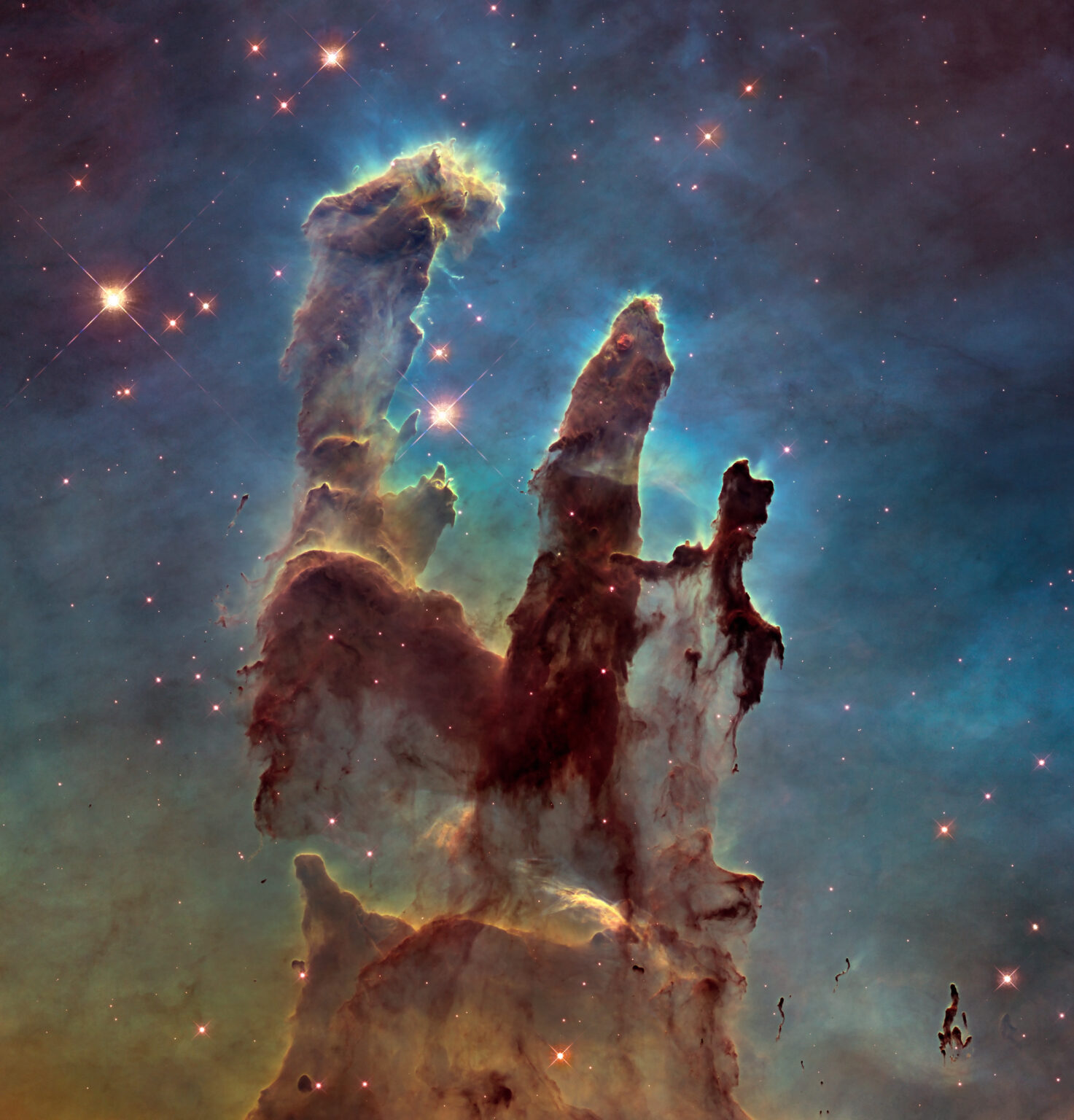
Hubble data helped solve many long-standing scientific mysteries, but at the same time raised a number of additional questions that required the creation of fundamentally new theories. In fact, the telescope became the godfather of all modern cosmology.
As of 2023, more than 21,000 peer-reviewed scientific articles have been written based on the data collected by the space observatory (another 1.2 million publications contain references to them). For many years now, Hubble has held the undisputed leadership in this indicator, remaining the most productive telescope in the world.
Hubble was planned to be returned to Earth and exhibited in a museum
During its operation, the Hubble telescope has been on five maintenance missions. During these expeditions, the telescope’s scientific equipment was replaced several times with more modern ones, and its technical capabilities increased significantly. Thanks to this, despite its very respectable age, the telescope still retains its functionality and remains at the forefront of scientific research. NASA now hopes that Hubble will be able to operate until 2030.
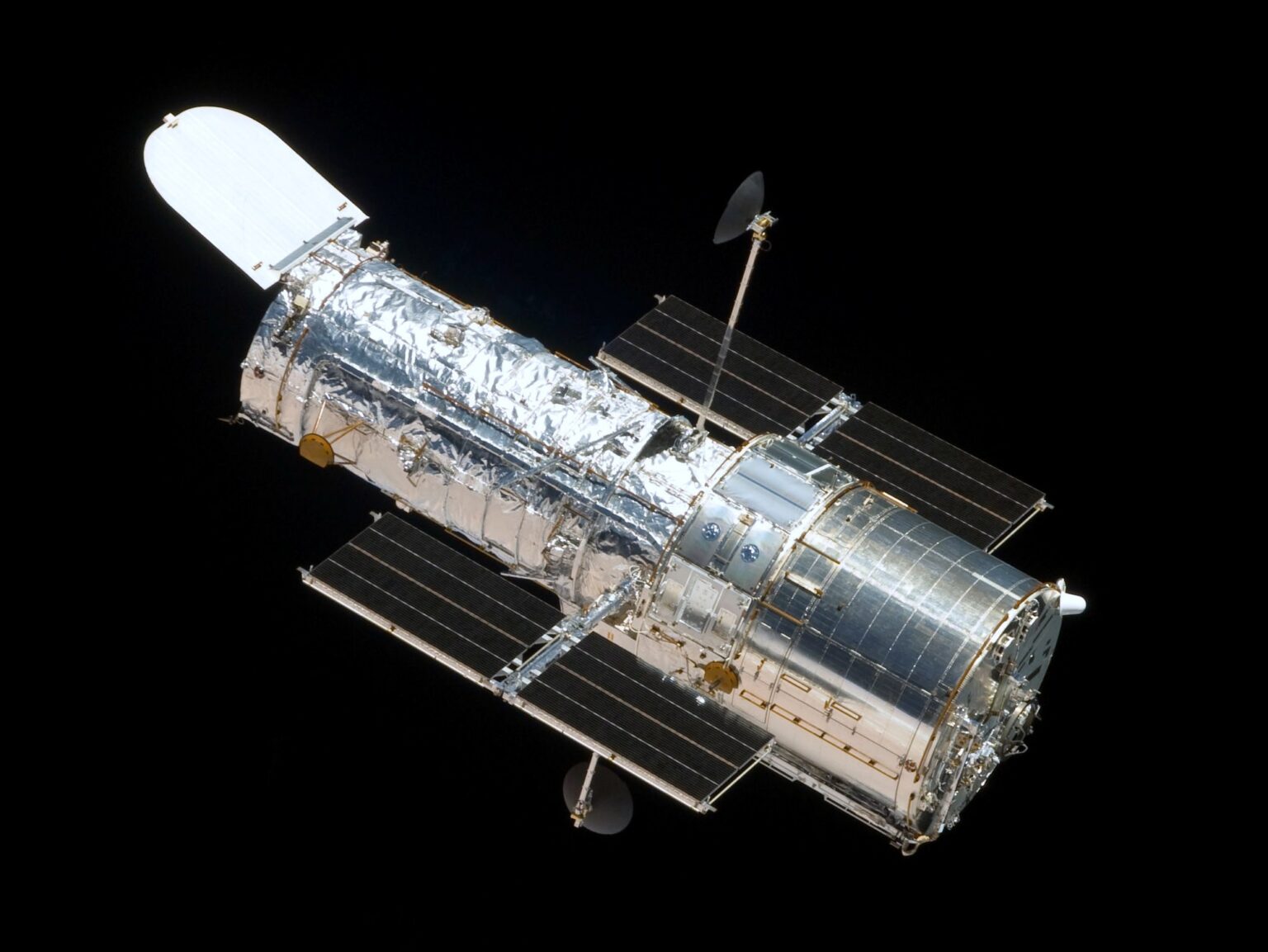
Initially, it was assumed that another expedition would visit Hubble at the end of its service. It was supposed to remove the telescope from orbit, after which it would be exhibited in a museum. But this will not happen. In 2011, the shuttle service was terminated, making it impossible to implement this plan. Hubble has no engines and its orbital altitude is gradually decreasing. It is expected to enter the atmosphere and burn up in the 2030s and 2040s.
However, it is possible that it is too early to put an end to the history of the famous telescope. In recent years, some representatives of the private sector have publicly proposed raising the height of Hubble’s orbit, which would not only extend its service life but also eventually return it to Earth with the help of some other ship (for example, Starship). So far, NASA has not approved these initiatives. But it cannot be ruled out that Hubble will indeed be visited by another mission in the future.

